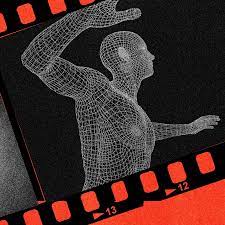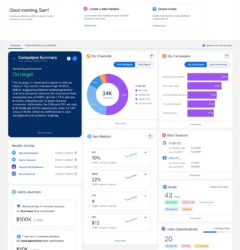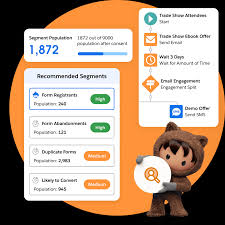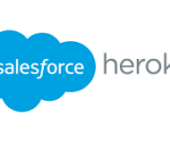For the past 18 months, there has been a focus on why Generative AI (GenAI) poses a disruptive threat to Hollywood. Hollywood’s Fear of AI is entirely reasonable. This insight, most recently detailed in an investor presentation, highlights how GenAI will democratize high production-value video creation and exacerbate the low-end disruption of Hollywood already underway by creator content.
The exploration now turns to another angle: why it will be challenging for major studios to capitalize on these tools, particularly AI video generators like Sora, Veo, and Runway Gen-3. Hollywood’s Fear of AI.
Key Points:
- GenAI Applications in Traditional Production: GenAI has many potential applications in traditional film and TV production, such as using LLMs for scriptwriting, text-to-image generators for concept art or green screen environments, and purpose-built AI tools to automate VFX processes or localization services. However, these are mainly complementary tools for pre- and post-production.
- Transformative Potential of AI Video Generators: The most transformative tools in terms of time, labor, and cost reductions are AI video generators that may replace some or all principal photography. These AI video models are advancing rapidly. In February, OpenAI announced Sora, Google announced Veo last month, and other next-generation models like Kling, Dream Machine, and Runway Gen-3 have also emerged recently.
- Challenges for Studios: Despite the impressive capabilities of these models, studios face significant obstacles in replacing principal photography with AI:
- Labor Relations: With lingering tensions from the WGA and SAG-AFTRA strikes last year and ongoing IATSE negotiations, anything AI-related is a sensitive issue for studios.
- Legal Issues: Studios operate with a “better run it by legal first” mentality. There are numerous unresolved legal questions about AI, particularly concerning copyright infringement and IP rights.
- Technical Limitations: The current AI models do not yet meet the high standards required by top directors, showrunners, and cinematographers. For instance, Sora and other models lack a deep understanding of history, geography, and physics, and they require much larger and more annotated training sets for realistic replication of cameras and scenes.
Early Adoption Outside Major Studios: The most promising early use cases for AI video generators will be outside major Hollywood studios. These include empowering independent creators and producers, as well as applications in advertising, music videos, and educational or corporate videos. AI won’t replace Hollywood but poses a bigger risk of disrupting it, requiring a disruptive innovation and incumbents who can’t respond effectively.
Detailed Analysis:
Sora’s Impact: AI has been part of the TV and film production process for a long time. Many studios use AI for concept art, localization services, and post-production work. However, AI video generators like Sora represent a new way to create video, potentially replacing much of the principal photography. The announcement of Sora was a watershed moment, showcasing radical improvements in temporal coherence, character consistency, and video length.
Hollywood’s Fear of AI
Legal Quagmire: Hollywood’s extensive legal framework complicates the adoption of GenAI. Studios need clear legal resolutions before extensively using GenAI in principal photography. The primary concerns are:
- Copyright Infringement: It is unclear whether training models on copyrighted IP constitutes fair use or infringement. Studios face a lose-lose situation where they either infringe on others’ copyrights or undermine their own.
- Intellectual Property Rights: It remains uncertain who owns the rights to content created using GenAI models. The U.S. Copyright Office states that copyright can protect only human-created material, but the extent of required human involvement is unclear.
Technical Limitations: AI video generators still fall short of professional standards. Issues include limited training sets, lack of understanding of physics, history, and geography, and insufficient control over video production elements like camera angles, lighting, and film stock.
Near-Term Use Cases:
- Previsualization (Previs): AI can create rough visual representations of scenes before filming, saving significant time and costs.
- Establishing Shots/B-Roll: AI-generated establishing shots could be cheaper and easily integrated with live-action footage.
- Interpolations/Extensions of Footage and Digital Reshoots: AI could be used to interpolate between frames, extend footage, or perform digital reshoots without requiring actors to return to the set.
Conclusion: While AI video generators won’t replace traditional Hollywood production soon, they have the potential to significantly disrupt the industry. The early adoption of these tools will likely occur outside the major studios, empowering independent creators and other sectors like advertising and education. The evolution of AI video generators continues to pose both challenges and opportunities for Hollywood.









